Without a doubt, the sun is one of the primary causes of the never-ending, excruciating scalp sunburn peeling issues.
Lack of correct care for your scalp might make your scalp peel more than it already has, but there is a way to get rid of this problem.
The nutrients in your scalp may be swiftly depleted by the sun’s intense rays, leaving it damaged and dull.
Burns can result from excessive UV exposure.
You may also suffer scalp peeling as your sunburned scalp heals and skin flaking as your skin heals.
Dandruff, scalp flaking, and even brief hair loss are all examples of scalp peeling.
What Is Scalp Sunburn Peeling?
After having been subjected to ultraviolet (UV) rays from the sun, harm to the skin of this kind, known as a scalp sunburn, or scalp sunburn peeling can occur.
Because the scalp’s initial layer is formed of skin, it is similar to any other type of sunburn.
Despite the outermost layer of the skull being somewhat tougher compared to normal skin, it is nevertheless vulnerable to burning.
Redness and discomfort on your head are signs of sunburn.
The majority of burns are superficial first-degree burns, but prolonged sun exposure and poor sun safety habits can result in second-degree burns that are more serious.
Sunburn peeling results from dead and damaged skin shedding off as new skin regenerates throughout the healing phase of solar burns.
Peeling skin is not in and of itself a problem, but for certain people, especially on the face and neck, it can be an aesthetic issue.
Peeling may be irritating; it frequently comes with a lingering itchy feeling and can occasionally result in scars.
With at-home care, many occurrences of sunburn peeling may be managed or avoided.
The best treatments address damaged areas right away, before peeling even starts.
Scalp Sunburn Peeling: Signs And Symptoms
One of the primary regions where burns from the sun are probably caused is the top of your head.
On average, the epidermis that covers the scalp is vulnerable and sensitive making it susceptible to sunburn.
Although the locks on your head shield it from the sun, burns from the sun still happen on the scalp.
The scalp may experience an array of dermatological problems if it is subjected immediately to radiation.
Skin burns, signs of aging, spots, lines and wrinkles, black spots, and white spots are a few instances of these due to scalp sunburn peeling.
However, skin cancer is a more severe adverse effect of exposure to the sun.
Following an encounter with intense sunlight, you may typically experience sunburn sensations on the top of your head.
When you step outdoors and become subjected to the sun, burns from the sun on your scalp may occur.
Furthermore, continuous prolonged exposure to ultraviolet rays might cause sunburns on the surface of your skin.
- A burnt scalp frequently demonstrates a variety of warning signs and symptoms of scalp sunburn peeling.
- The tissue on the crown of the head that is swollen, red, and prone to irritation
- Hair on the surface of the scalp that is cracked, flaky, and tearing is signs and symptoms of scalp sunburn peeling
- In the problem region of the scalp, there may be stinging or blistering.
- Hair loss occurs in regions or alopecia on the scalp is signs and symptoms of scalp sunburn peeling.
- The ruptured, oozing, and crust-forming crimson filled with liquid blister turns crimson.
- Pigmentation, markings, and blotches of color in black, brown, pink, red, and white on the scalp is
- signs and symptoms of scalp sunburn peeling
Why Does Skin Peel After A Sunburn?
When UV radiation enters skin cells, it directly damages the DNA’s structural integrity, leading to either cell mutation or cell death.
The body removes these damaged and dead skin cells via peeling.
Either first- or second-degree burns might result in peeling.
Sun damage that is restricted to the epidermis, the skin’s outermost layer, leads to first-degree burns.
Typically, these burns result in minor pain, itching, redness, and peeling.
More severe burns are those of the second degree.
The tissue layer under the surface skin, the dermis, which contains sweat glands and capillaries, is deeply penetrated by UV radiation.
It is frequently quite painful when the dermis is damaged since it can result in swelling and blistering on the skin’s surface.
Usually two days after sun exposure, first-degree sunburns start to peel.
Second-degree burns typically start peeling 1-2 weeks following the burn, since they take longer to heal.
How To Prevent Scalp Sunburn Peeling
The simplest approach to avoid scalp sunburn peeling is to take precautions to avoid becoming burnt in the first place.
If that ship has sailed and you have a sunburn, peeling might not be averted.
Your skin is hydrated and moisturized by your body.
However, as the skin on the surface begins to separate from the skin underneath, it loses its source of hydration and moisturization, according to Dr. Kassouf.
Therefore, maintaining proper hydration and preventing additional drying of the skin may assist in lessening scalp sunburn peeling or keeping it from being obvious.
-
Cool Compresses
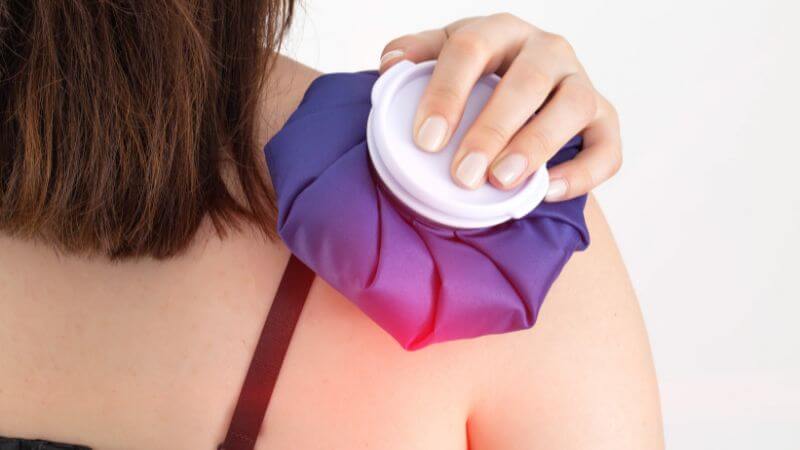
Once you are out of the sun, the heat that is still trapped inside your skin may cause your sunburn to temporarily get worse.
If ignored, the stored heat will eventually cause further damage and cell death in the skin, exacerbate inflammation, and accelerate peeling.
To swiftly minimize this residual heat, avert future harm, and hasten the healing process, use a cool compress or take a cool bath.
Wrapping a bag of frozen veggies, crushed ice, or ice cubes in a damp towel to create a chilly compress is simple.
Avoid putting ice directly on your skin since doing so might harm it.
Apply a cold compress for 30 minutes twice a day to the sunburned region for severe sunburns until your skin heals from scalp sunburn peeling.
-
Get Away From the Sun
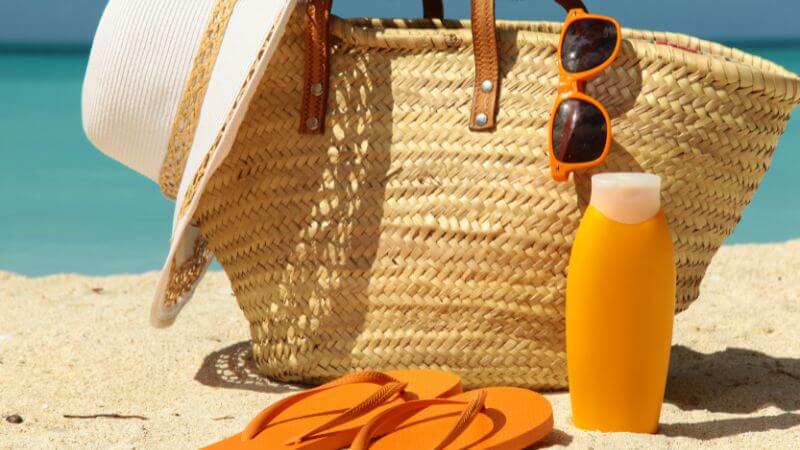
Find shade, cover your skin, or go indoors as soon as you notice that your skin is burning.
Peeling is possible even with first-degree sunburns, which only injure the epidermis.
However, if the burn gets worse, you increase your likelihood of scalp sunburn peeling (and the quantity of peeling you’ll suffer).
-
Water Based Moisturizers
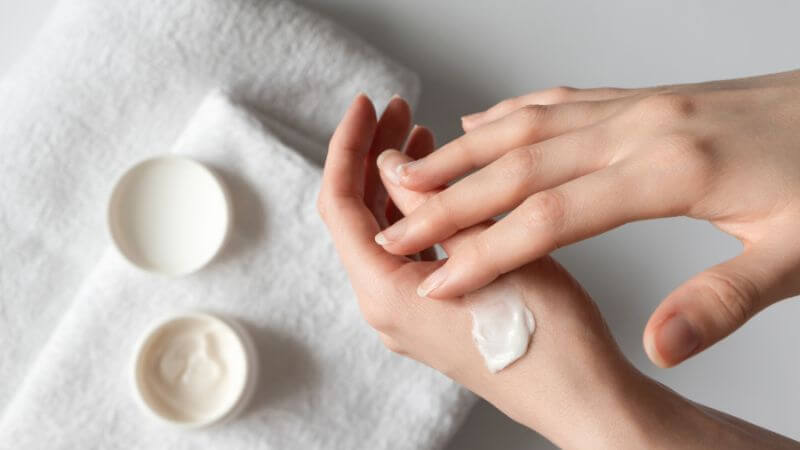
Strong moisturizing properties found in water-based moisturizers with components like glycerin may help lessen the severity of scalp sunburn peeling.
Glycerin (glycerol) is a natural humectant that pulls moisture into the skin’s surface from both the air and deeper tissues.
This aids and speeds up the healing process by hydrating and softening injured tissues.
Strong antioxidant vitamin E may effectively treat dry, scaly skin and lessen irritation.
Look for moisturizers fortified with vitamin E since they help lessen the intensity of peeling and alleviate the pain associated with sunburn.
The use of petroleum-based or oil-based moisturizers, such as Vaseline, should be avoided.
The main goal of burn first aid is to lower the temperature of the burned tissues; oil-based moisturizers seal the skin, trapping the heat.
This may aggravate peeling by causing the burn to become more damaged.
-
Wear A Hat

Maintaining a covered head is one of the finest strategies to shield your scalp from the sun.
Sunlight may penetrate your scalp regardless of how much hair you have on your head.
Any hat will aid in UV light blocking. A wide-brimmed hat with additional protection for your face and ears is what you should pick.
-
Aloe vera
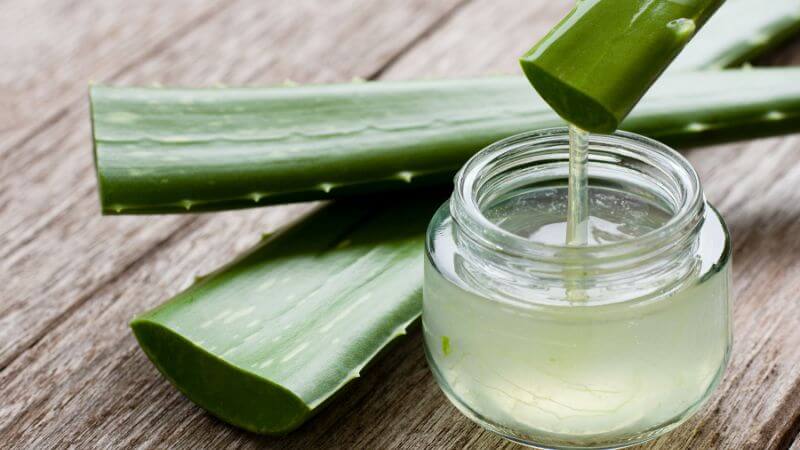
Skin is cooled and moisturized with aloe vera. It could even stop cell death, according to one research.
Apply a lot, but don’t fully massage it in. The mess will prevent your skin from drying out and scalp sunburn peeling, though.
-
Stay Hydrated

Maintaining skin hydration is the aim to avoid scalp sunburn peeling.
Your skin’s protective barrier is compromised by a sunburn, which makes it possible for fluid to evaporate away from it.
To avoid dehydration, you require more moisture overall.
Lotion accomplishes this on the exterior of your body, whereas drinking more water accomplishes this on the inside.
-
Wear Sunscreen
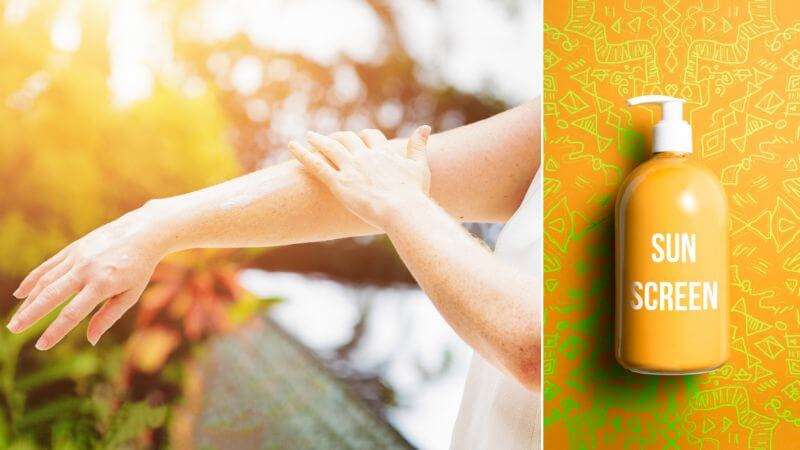
SPF 30 or greater broad-spectrum sunscreen is the best option.
You can put ordinary liquid sunscreen straight on your scalp depending on your hair type.
Apply sunscreen along your hairline even if you have long or thick hair.
For the remainder of your scalp, though, you can use powdered sunscreen.
On the remainder of your body, powdered sunscreen might not provide the best protection.
However, it could be a wise decision for your scalp.
You can apply it to your entire head or simply the thinning or hair-parts sections of your head.
Should you Exfoliate Peeling Skin After Sunburn?
No, the skin shouldn’t be physically or chemically scrubbed when it is recuperating from a burn caused by the sun.
Retinoids, glycolic acid, and salicylic acid are some of the abrasive pollutants that may inflame blistered skin and injure the delicate tissue that is healing beneath.
Until the skin has entirely recuperated, gritty washes and scrubs with particles should additionally be resisted.
When To Seek A Doctor?
Sun poisoning occasionally results in extremely painful infections.
If you get severe discomfort, a high temperature, nausea, headaches, dizziness, or disorientation, you should visit a doctor.
The following indicators of infection may be present if your discomfort doesn’t go away or worsens:
- Larger swelling with fluid-draining, rust-colored blisters
- A blister that won’t heal is surrounded by red streaks
An infection is a risky medical condition, especially when it affects your scalp.
If you observe these warning signals, you should get help right once.
Summary
Peeling is a common side effect of sunburn recovery, but it may be painful and ugly.
Simple actions may be performed at home to lessen inflammation, hasten the healing process, and eventually lessen the intensity and duration of peeling.
To reduce burning and stop scalp sunburn peeling, use a cold compress.
This is a crucial and efficient initial step.
After peeling has started, colloidal oatmeal baths, aloe vera gel, and over-the-counter water-based moisturizers help lessen the severity of burns, as well as relieve pain and reduce inflammation.
Regularly moisturizing the sunburned region helps hasten to healing and shorten the time it takes for the skin to start peeling.
Avoid oil-based moisturizers since they can clog pores; instead, look for products with a water basis and ingredients like glycerin and soy peptides.
Also Read: How To Make Your Shower More Serene With 7 Amazing Tips
Follow Us: Facebook | Instagram | Twitter | Pinterest
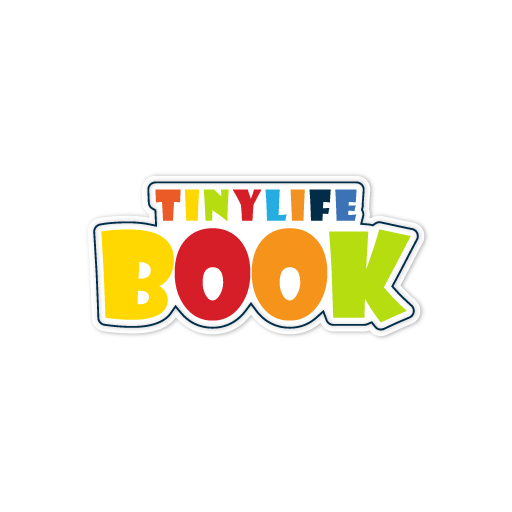

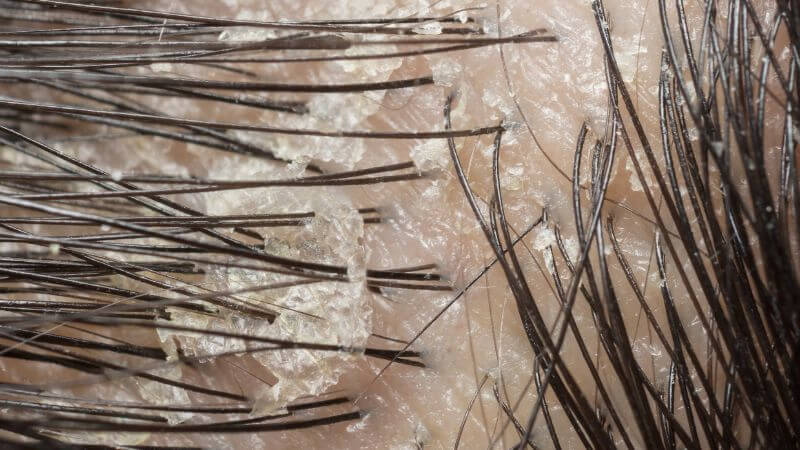
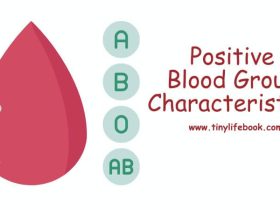


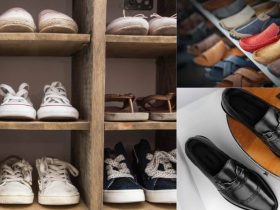


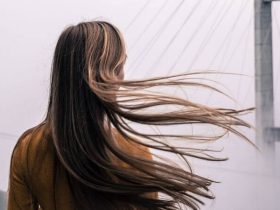
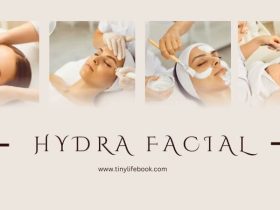

Leave a Reply